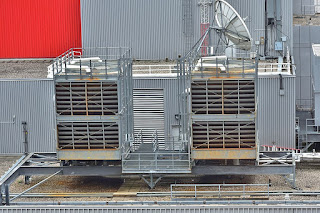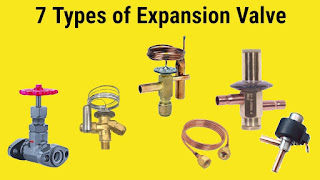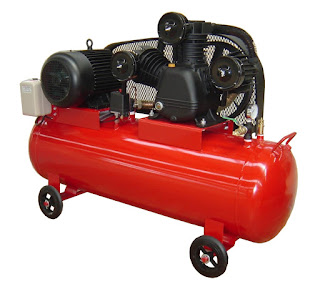What are the types of cooling towers?

In this article, we are going to talk about cooling towers. Join us. What is a cooling tower? A cooling tower is a heat rejection device that rejects waste heat to the atmosphere through the cooling of a water stream to a lower temperature. Cooling towers may either use the evaporation of water to remove process heat and cool the working fluid to near the wet-bulb air temperature or, in the case of closed circuit dry cooling towers, rely solely on air to cool the working fluid to near the dry-bulb air temperature. What are the types of cooling towers? Different types of cooling tower s are there to help solve a major problem in the modern world: removing excess heat! A large amount of heat generated by industrial processes and different machines should be removed if you want your system to operate efficiently and to decrease the amount of money you need to pay for the extra pressure that such inefficient systems use. Below, you can see the different classification of Cooling Tower Typ








